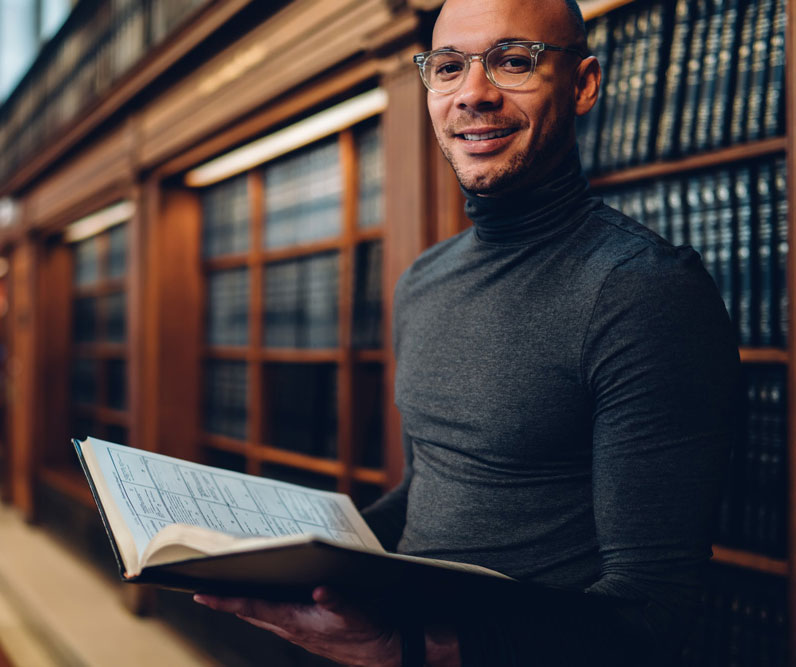10 Illustrations on the power of love
The following 10 Illustrations on the power of love are examples of the effective use of sermon illustrations in your ministry. These sermon illustrations have been selected by the Sunday Sermons editors. Nearly 17,000 powerful sermon illustrations for other topics, Scriptures, or special occasions are available on this website.
10 Illustrations on the power of love (#1)
Many travelers on a religious pilgrimage to the Middle East have heard the true story of Father Demetrius, a priest of the Orthodox Eastern Rite Church. Father Demetrius was a good and strong Christian man. Like so many others in the Orthodox Church, he was a man for whom the prayer of Jesus was very important. He was a man who had been graced with a special talent for teaching other people to enrich their lives through prayer. He was a man who cared very deeply about other people. He was a man who was much loved by the people to whom he ministered in the city.
One day, a tragic riot occurred, causing extensive property damage. One family lost all its possessions: the family dwelling, the family business, the furniture, the clothing— everything was destroyed. Friends and relatives gave aid, of course, including Father Demetrius. He volunteered to help the youngest daughter in the family, who appeared to be especially in need. Father Demetrius lived very frugally, but he did have some money. The girl needed shoes, a dress, and a coat, and Father Demetrius bought these for her. Then, with his remaining money, he bought her a ring. When the people in the community heard about this, some began to talk about him behind his back: “How foolish it was of him to buy her a ring. He is a good man, a loving person, but he is so naive to buy a ring in a situation like this.” Demetrius happened to overhear some of them talking. He said very quietly, “I wanted to give her things that not only would remind her of her poverty but also would help her to know that she is loved.”
10 Illustrations on the power of love (#2)
Peter A. Fraille, a Jesuit priest and founder of the “Divine and Human Institute,” tells of a letter he once received from a sixteen-year-old girl. In the letter, she said she was having a problem with another girl who was trying to steal her friend. She wrote about the jealousy and anger, and frustration she was feeling and how she was trying to deal with it. She went on to say that even though she now disliked her, the friend is still as lovable and valuable as she is herself. Then she ended the letter with these beautiful words:
As I was finishing this letter, something hit me like a ton of bricks. I have seen my father’s library, and he has many books that I want to read. I have lots of time ahead of me to read and to learn, but I just realized one thing. No matter how much I learn, no matter how much I experience, no matter how much I write, if I don’t love, I don’t know anything!
10 Illustrations on the power of love (#3)
In the famous story by Antoine de Saint-Exupery, the Little Prince had one possession he considered unique in all the Universe. His rose was the most beautiful living thing he could ever imagine, and he had raised her and joyously cared for her. By day he would gently water her and tend the soil around her delicate stem — and at night, he would cover her with a glass globe to protect her from any harm. Her soft laughter filled him with the most amazing feelings of fulfillment, and her singular beauty made his small planet complete.
When the Little Prince came to visit Earth, one of the first sights he happened upon was a whole garden filled with roses, all laughing and chatting and filling the air with their familiar perfume. The Little Prince stared at them, overcome with the realization that his rose was only one of the countless others that flourished in the Universe. He lay down on the ground and wept. But slowly, as he listened to the gay sounds flowing out of the garden, a deeper thought came to him, and a familiar feeling of contentment began to stir. His rose was unique. She was the object of his unique love — different from all other loves.
10 Illustrations on the power of love (#4)
Elizabeth Barrett was one of England’s great women poets. Robert Browning was one of the giants of the Victorian Age of Poetry. Their meeting in 1845 marked the beginning of what came to be known as the “perfect companionship.” They were married in 1846. One evening, Elizabeth Barrett Browning rose from the supper table, moved to her husband’s side, and shyly placed a sheaf of papers in his coat pocket. On those papers were written her “Sonnets from The Portuguese,” considered by many to be among the finest love poems ever written. For Elizabeth Barrett Browning, poetry was a record of the growth of her love for Browning and his for her. Browning was fond of teasingly calling his wife “My little Portuguese” because of her dark complexion. Hence the title, “Sonnets from the Portuguese.” In that first draft which Elizabeth had placed in his pocket, Browning read this beautiful line:
The face of all the world has changed
Since I first heard the footsteps of your soul.
That is a very beautiful thing for a wife to say to her husband. But it becomes even more beautiful when we realize that this is what the Christian says about Jesus the Christ. The face of the world has changed since we first heard the footsteps of His coming. The face of our world has changed since we first knew a love that is closer than home.
10 Illustrations on the power of love (#5)
Love is one phase of the divine law that needs practical interpretation. To be loved by people, a basic desire of everyone is not a matter of accident but a matter of fulfilling the requirements of lovableness. When we are kind, we find that people are drawn to us. When we are tolerant and forgiving, we find them letting go of fear attributed to us. When we look for the good in them, they express their best and love us for the joy they feel in doing so. Our sensitivity to them and their feelings is rewarded with pleasure and gratitude toward us.–Reyner, C., “The Laws of Living” (adapted).
10 Illustrations on the power of love (#6)
A woman complained that ever since her husband started Law School, he began analyzing everything that she said. One morning she asked, “John, why do you love me so much?”
The man thought for a moment and then said, “Do you mean in intensity or quality, and do you want my emotional or intellectual response?”
10 Illustrations on the power of love (#7)
There is no difficulty
That enough love will not conquer
No disease that enough love will not heal;
No door that enough love will not open;
No gulf that enough love will not bridge;
No wall that enough love will not throw down;
No sin that enough love will not redeem…
It makes no difference
How deeply seated may be the trouble,
How hopeless the outlook,
How muddled the tangle,
How great the mistake,
A sufficient realization of love will dissolve it all…
If only you could love enough
You would be the happiest
And most powerful being in the world.
–Fox, E., “Love.”
10 Illustrations on the power of love (#8)
Someday, after we have mastered the winds, the waves, the tides, and gravity, we will harness for God the energies of love: and then, for the second time in the history of the world, man will have discovered fire.
–de Chardin, Teilhard
10 Illustrations on the power of love (#9)
The lifestyle of the Babemba tribe in South Africa was featured several years ago in a TV documentary on Apartheid. Within that community, antisocial or criminal behavior is rare. However, when it does occur, the Babemba have an interesting and beautifully creative way of dealing with it … If a member of the tribe acts irresponsibly, he or she is placed at the center of the village. Work stops, and every man, woman, and child in the village gathers around the accused in a large circle. Then, one at a time, everyone, including the children, call out all the good things the person in the center of the ring has done previously. All the positive attributes and the kind acts are recited carefully and at length. No one is permitted to exaggerate or be facetious. It’s serious business!
The ceremony often lasts for several days and doesn’t stop until everyone is drained of every positive comment he or she can muster about the transgressor. Not one word of criticism concerning the accused’s irresponsible, antisocial deed is permitted.
At the end, the tribal circle breaks up, a joyous celebration begins, and he or she is welcomed back into the community. Apparently, this overwhelming, positive bombardment strengthens the self-esteem of the accused and causes that person to resolve to live up to the expectations of the tribe. Proof of the success of this creative response to wrongdoing seems evident in the fact that these ceremonies are quite rare. One wonders if, perhaps, borrowing from this technique might be a good idea, at least in certain family situations in which a member has gone astray.
“By this all men will know that you are My disciples, if you have love for one another,” (I Cor. 5:18)
10 Illustrations on the power of love (#10)
At a time when four-year-old Juliet was becoming aware of the significance of numbers, she said to her mother, “Mama, I love you ten times.” Then, after a moment’s deep thought, she said, “Mama, I love you twenty times.” Again, after a short pause, she said in breathless tones, “I love you six hundred times.” Mom then gave Juliet a grateful kiss-and-a-hug, which inspired the child’s final outburst: “Mommy, I love you more than all the numbers.



